"This is a fear-driven response," New York Gov. Andrew Cuomo said during an Oct. 6 phone conversation about his pandemic-inspired restrictions on religious services. "This is not a policy being written by a scalpel. This is a policy being cut by a hatchet."
The Roman Catholic Diocese of Brooklyn, which is asking the U.S. Supreme Court for an emergency injunction against Cuomo's order, argues that a bit more care is required when the government interferes with the free exercise of religion. The Court's decision will be an important indication of whether the justices are prepared to enforce constitutional limits on what politicians can do in the name of fighting COVID-19.
Under the hatchet-cut policy that Cuomo imposed last month, "houses of worship" in Brooklyn may admit no more than 10 people in "red" zones and no more than 25 in "orange" zones. The injunction application says those limits, which apply regardless of a building's size, "effectively shutter all of the Diocese's churches in those zones."
The rules for secular activities are much looser. In red zones, "essential" businesses -- including supermarkets, convenience stores, hardware stores, banks, pet stores and various offices -- operate without capacity limits. In "orange" zones, that is true for an even wider range of businesses, including department stores.
You might surmise that Cuomo is picking on churches because they have proved to be especially dangerous sources of infection. Yet, U.S. District Judge Nicholas Garaufis, even while declining to enjoin enforcement of the restrictions, acknowledged that "there has not been any COVID-19 outbreak in any of the Diocese's churches since they reopened."
In fact, Garaufis said, "the Diocese has been an exemplar of community leadership" in responding to COVID-19. "At each step," he noted, the diocese "has been ahead of the curve, enforcing stricter safety protocols than the State required."
Recommended
When the diocese began to reopen its churches, Garaufis added, it enforced "rigorous safety protocols." Those included face masks, physical distancing, shorter services, sanitization between masses, a revised Holy Communion ritual and a 25 percent capacity cap, which it continued following even when the legal limit was raised.
The diocese is perfectly willing to accept neutral public health guidelines aimed at preventing virus transmission. It is not willing to accept a policy that explicitly imposes special burdens on religious activities while granting more leeway to myriad secular activities that pose similar or greater risks.
The Supreme Court has said the First Amendment's Free Exercise Clause does not require religious exemptions from neutral, generally applicable laws. But it also has said laws are presumptively unconstitutional when they discriminate against religion.
Cuomo's rules clearly fall into the latter category. By denying that reality, Garaufis and the U.S. Court of Appeals for the 2nd Circuit, which upheld his decision, are, in effect, saying an emergency like the COVID-19 epidemic suspends the constitutional rights Americans otherwise enjoy, giving politicians like Cuomo unlimited discretion to respond as they see fit.
In a Federalist Society speech he delivered on the same day the diocese filed its application with the Supreme Court, Justice Samuel Alito warned that "laws giving an official so much discretion" can be abused. When that happens, he said, "the Supreme Court and other courts cannot close their eyes."
The Court already has closed its eyes twice, turning away challenges to restrictions on religious services in California and Nevada -- decisions from which Alito, joined by three other justices, dissented. The Nevada case was especially striking since the state's rules for houses of worship were stricter than the rules for other venues -- including casinos, bars, restaurants, gyms, arcades and bowling alleys -- where the risk of virus transmission was arguably higher.
The contrast between the treatment of religious and secular establishments in New York is even starker, and the replacement of Ruth Bader Ginsburg with Amy Coney Barrett could make a crucial difference this time around. If the Court again declines to intervene, then it will send a dangerous signal at a dangerous time for the Constitution.
Jacob Sullum is a senior editor at Reason magazine. Follow him on Twitter: @JacobSullum.

















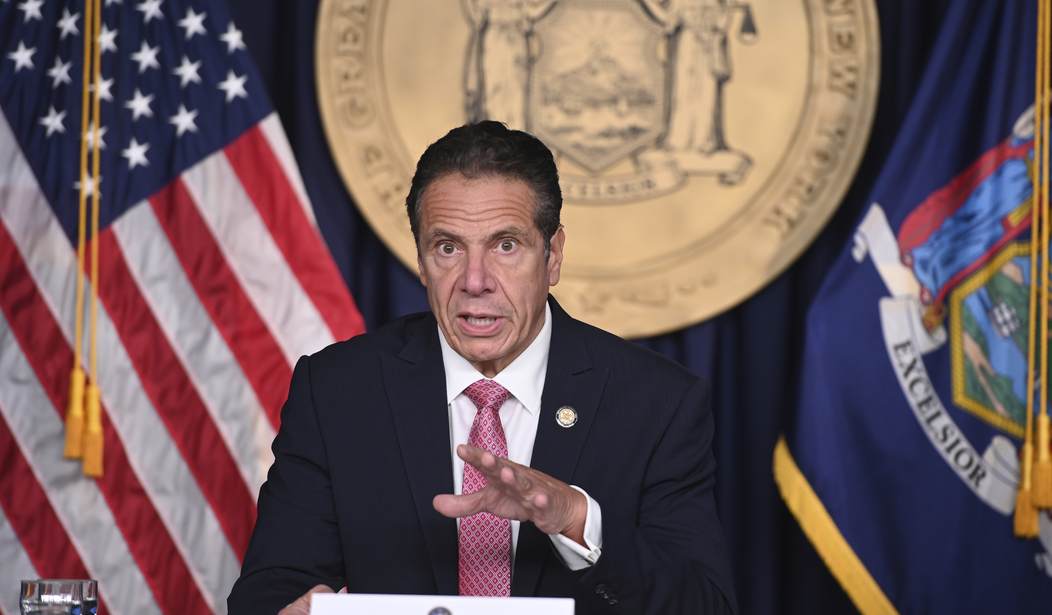

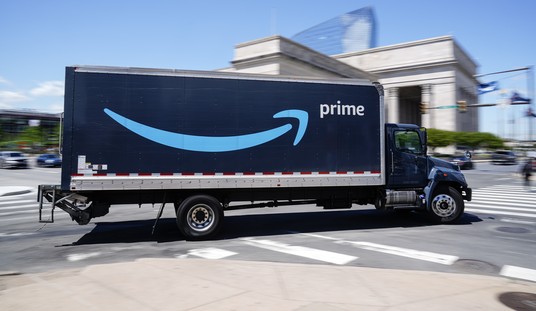
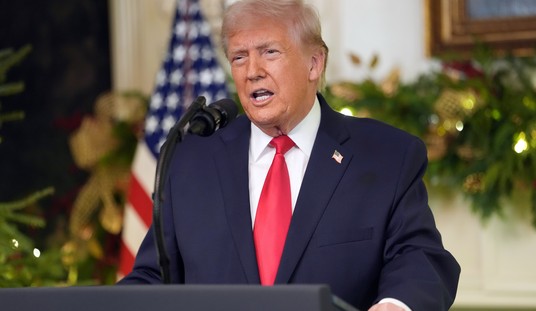
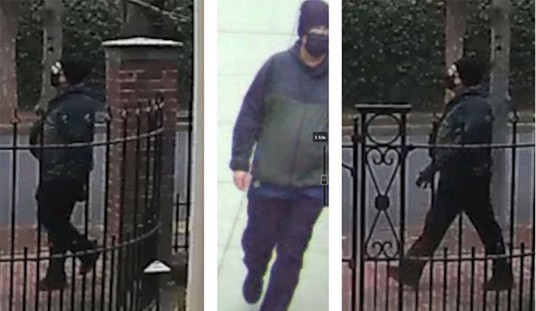


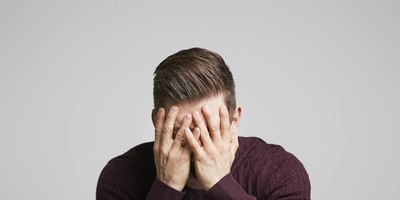
Join the conversation as a VIP Member